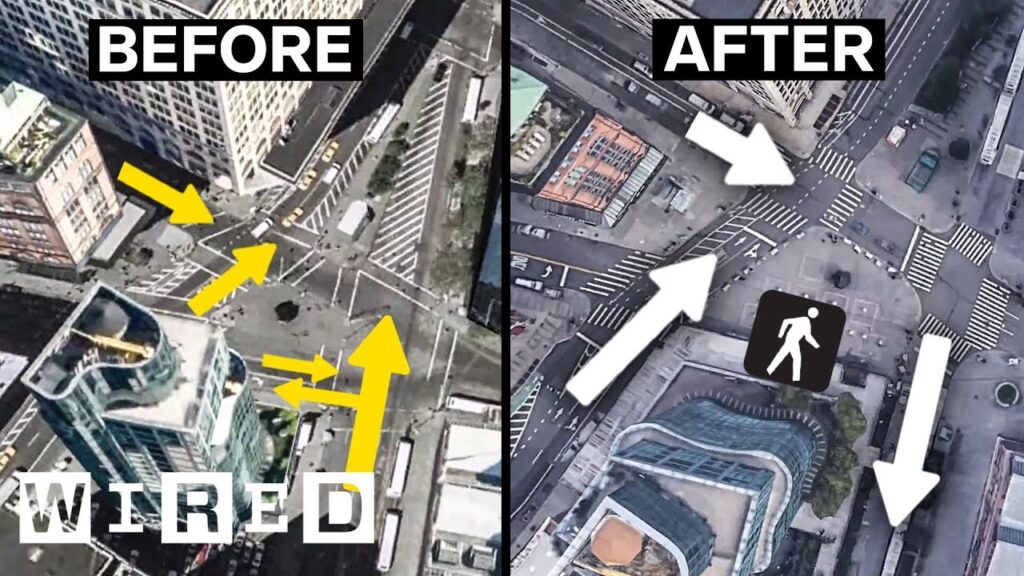Digital Forensics: Investigating Crimes in the Digital Age
Summary
In this article, we explore the importance of digital forensics in investigating crimes in the modern age. We discuss the use of AI in analyzing surveillance footage and the significance of explaining complex scientific ideas in simple terms. We also touch on the preservation of bodies in peat moss bogs and the challenges of pursuing a career in forensic science.
Table of Contents
- The Role of Digital Forensics in Investigating Crimes
- The Use of AI in Digital Forensics
- Solving Old Cases with New Technology
- The Preservation of Bodies in Peat Moss Bogs
- The Challenges of Pursuing a Career in Forensic Science
The Role of Digital Forensics in Investigating Crimes
Digital forensics is a critical part of investigating crimes in the digital age. It involves the documentation, collection, processing, and analysis of data on digital devices. With the increasing use of surveillance cameras, electronic plate readers, and embedded technology, digital forensics has become an essential part of investigating crimes. Before forensic science, investigators relied on testimonial evidence, which is subjective and can be unreliable. Digital forensics provides objective and reliable evidence that can be used in court.
The Use of AI in Digital Forensics
AI is being used to speed up the process of analyzing surveillance footage. Technology like ShotSpotter uses AI to differentiate between gunshots and other loud noises. This technology can be used to quickly identify and locate the source of gunshots, which can be critical in preventing further harm. AI is also being used to analyze large amounts of data quickly, which can help investigators identify patterns and connections that might not be apparent to the human eye.
Solving Old Cases with New Technology
Even old cases can be solved with new technology and advancements in forensic science, as seen in the Golden State Killer case. DNA evidence was used to solve a series of rapes and murders committed in California in the 1970s and 1980s. The case was solved using a public genealogy database, which allowed investigators to identify the suspect through his relatives. This case demonstrates the power of forensic science and the importance of preserving evidence for future analysis.
The Preservation of Bodies in Peat Moss Bogs
The text discusses the process of preserving bodies in peat moss bogs in Northern Europe. The lack of oxygen and acidic environment in these bogs prevent the growth of bacteria, allowing bodies to be well-preserved for thousands of years. The author also shares a personal experience of finding a well-preserved body in a backyard after 40 years. This discovery highlights the importance of preserving evidence and the potential for forensic science to solve cold cases.
The Challenges of Pursuing a Career in Forensic Science
Working in forensic science can be challenging and emotionally taxing. It’s important to have a strong stomach and a passion for justice. The author advises against pursuing a career in forensic science solely for financial gain, as the work can be difficult and the pay may not be commensurate with the level of education and training required.
Conclusion
Digital forensics is an essential part of investigating crimes in the digital age. AI is being used to speed up the process of analyzing evidence, and new technology and advancements in forensic science are allowing old cases to be solved. The preservation of evidence, whether it’s digital or physical, is critical in solving crimes and bringing justice to victims and their families.



